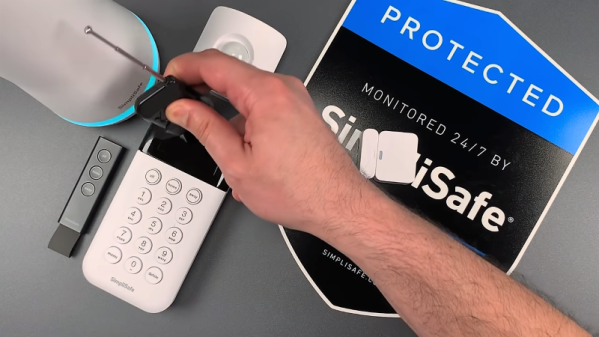There’s a new malware strain targeting MacOS, Silver Sparrow, and it’s unusual for a couple reasons. First, it’s one of the few pieces of malware that targets the new M1 ARM64 processors. Just a reminder, that is Apple’s new in-house silicon design. It’s unusual for a second reason — it’s not doing anything. More precisely, while researchers have been watching, the command and control infrastructure didn’t provide a payload. Silver Sparrow has been positively found on nearly 30,000 machines.
The malware also has an intentional kill switch, where the presence of a particular file triggers a complete removal of the malware package. Researchers at Red Canary point out that this package behaves very much like a legitimate program, difficult to pick out as malware. Ars Technica got an off-the-record statement from Apple, indicating that they are tracking the situation, and have revoked the developer’s certificate used to sign the malware. It’s not entirely clear whether this prevents the malware running on already compromised machines, or just stops new infections.
So who’s behind Silver Sparrow? The observed stealth mode and other complexities suggest that this is more than a simple adware or ransomware campaign. Since it was discovered before the payload was delivered, we may never know what the purpose is. It may have been a government created campaign, targeting something specific. Continue reading “This Week In Security: Mysterious Mac Malware, An Elegant VMware RCE, And A JSON Mess”













